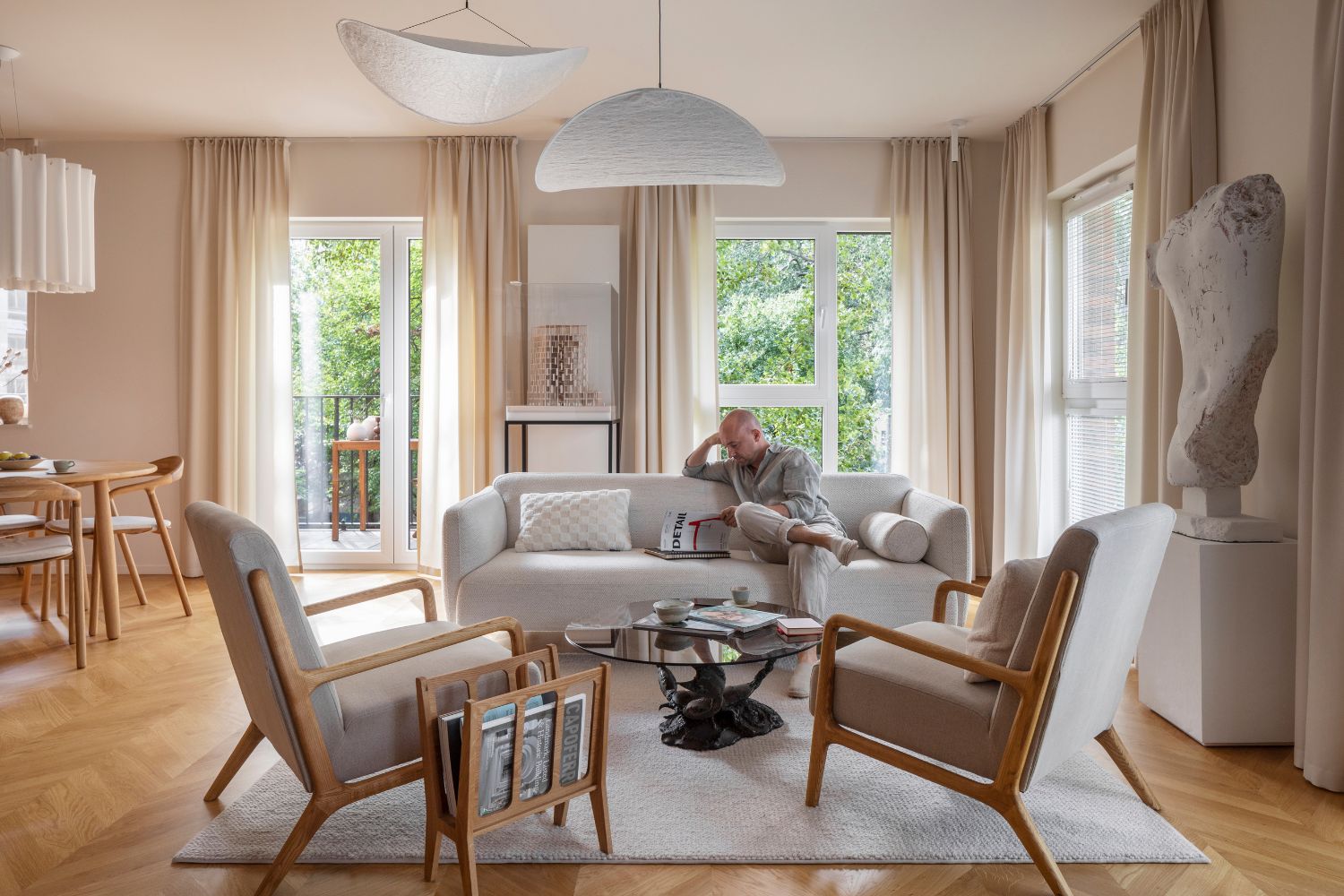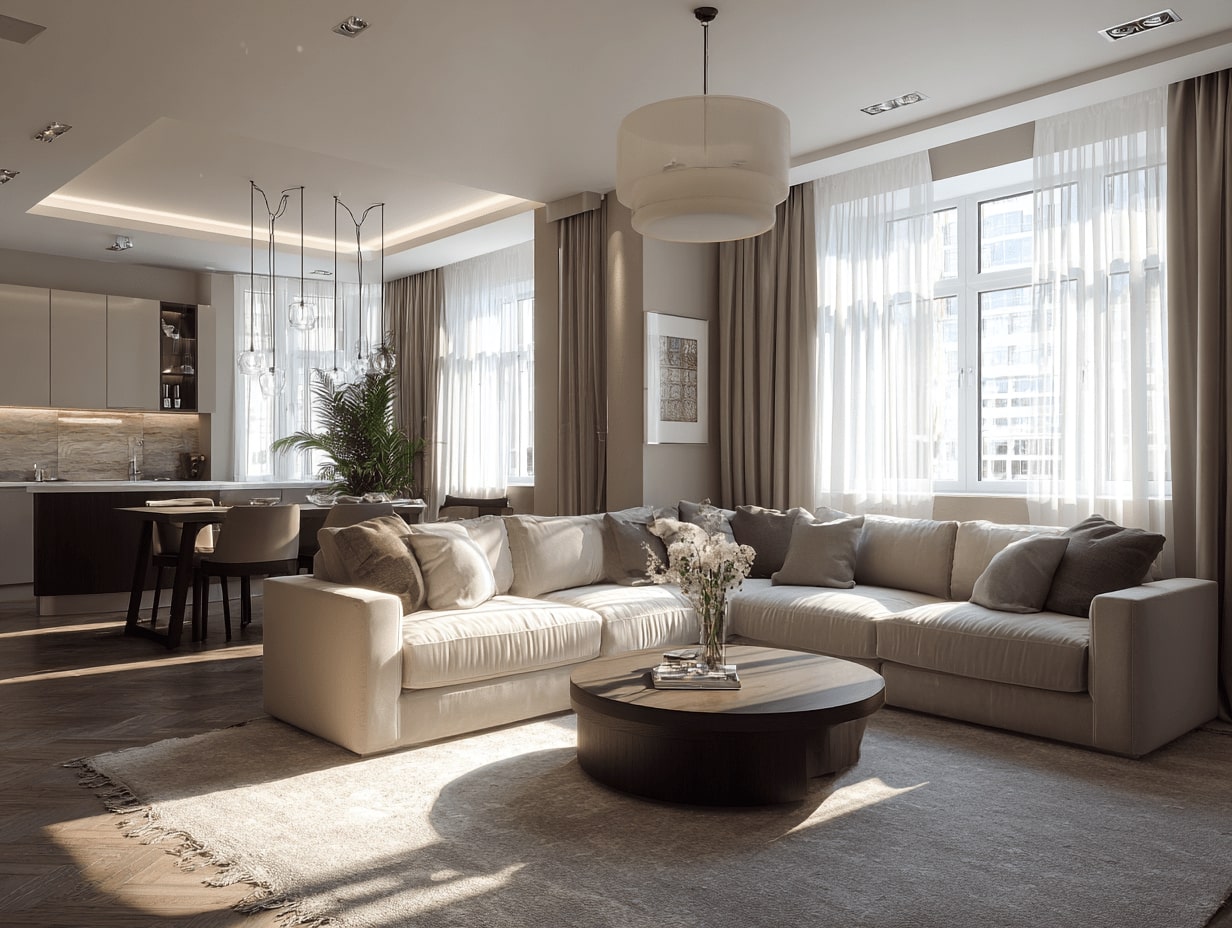- Home
- Articles
- Architectural Portfolio
- Architectral Presentation
- Inspirational Stories
- Architecture News
- Visualization
- BIM Industry
- Facade Design
- Parametric Design
- Career
- Landscape Architecture
- Construction
- Artificial Intelligence
- Sketching
- Design Softwares
- Diagrams
- Writing
- Architectural Tips
- Sustainability
- Courses
- Concept
- Technology
- History & Heritage
- Future of Architecture
- Guides & How-To
- Art & Culture
- Projects
- Interior Design
- Competitions
- Jobs
- Store
- Tools
- More
- Home
- Articles
- Architectural Portfolio
- Architectral Presentation
- Inspirational Stories
- Architecture News
- Visualization
- BIM Industry
- Facade Design
- Parametric Design
- Career
- Landscape Architecture
- Construction
- Artificial Intelligence
- Sketching
- Design Softwares
- Diagrams
- Writing
- Architectural Tips
- Sustainability
- Courses
- Concept
- Technology
- History & Heritage
- Future of Architecture
- Guides & How-To
- Art & Culture
- Projects
- Interior Design
- Competitions
- Jobs
- Store
- Tools
- More
Matching Wood Veneers with Interior Color Schemes and Furniture

Wood veneers have long been favored by interior designers and homeowners alike for their natural beauty, versatility, and sustainability. These thin sheets of real wood are applied to a variety of surfaces, giving furniture and architectural elements a unique aesthetic with added texture and warmth. However, to truly maximize their impact, it’s essential to match wood veneers with the surrounding color scheme and furniture, creating a cohesive and inviting space. This guide will explore how to effectively pair wood veneers with interior colors and furnishings, highlighting techniques that help balance both contrast and harmony in any design.
Table of Contents
ToggleUnderstanding Wood Veneer Tones and Textures
The first step to achieving a balanced aesthetic with wood veneers is understanding the inherent tones and textures they bring to a space. Wood veneers are available in a vast array of wood species, each with its distinct color, grain pattern, and overall feel. For example, walnut veneers provide deep, rich brown tones that often carry a hint of warmth, while oak veneers offer a lighter, more neutral color that suits many design schemes. Mahogany, on the other hand, has a red undertone, adding a sense of luxury and tradition to interiors.

Brands like woodenave often showcase a diverse selection of these veneer options, ensuring there’s a perfect match for every design vision. Choosing the right wood veneer tone often begins with identifying the role it will play in your space. Darker veneers are typically used to create depth and an intimate feel, while lighter veneers brighten a room and make it feel more spacious. The grain pattern also affects the veneer’s impact. Bolder, more pronounced grains are ideal for focal pieces, such as statement furniture, whereas subtle grains work well in the background, allowing other elements to stand out.
Matching Wood Veneers with Wall Colors
One of the most significant factors in designing a harmonious space is choosing the right wall color to complement the wood veneer. Walls provide a backdrop that can either enhance or clash with the veneer, so the choice of paint or wallpaper should be made thoughtfully.
For darker wood veneers like walnut or ebony, consider lighter wall colors that help the wood stand out without overwhelming the space. Soft whites, creams, and light grays pair exceptionally well, creating a high-contrast effect that allows the warmth and richness of the veneer to shine. A light-colored wall will also help prevent a room from feeling too dark or closed-in when paired with darker veneers.
Conversely, lighter wood veneers like maple or birch pair well with bolder wall colors. A deep blue or muted green adds a modern contrast that makes light veneers appear crisp and vibrant. Light veneers also blend beautifully with neutral walls for a more subtle, airy feel, particularly in minimalist or Scandinavian-inspired interiors. The goal is to find a wall color that balances the natural tone of the veneer, whether by creating a complementary contrast or a soft, unified look.

Coordinating Wood Veneers with Flooring Choices
Flooring plays a significant role in the overall design cohesion, especially in rooms where both the furniture and cabinetry feature wood veneers. Mixing too many wood tones can sometimes result in a cluttered look, so if your space already has wood flooring, aim to select a veneer that complements the existing floor.
For darker floors, a medium-toned veneer can bridge the gap between dark flooring and light walls, creating a harmonious gradient. Light or medium woods, such as oak or ash veneers, work well with darker floors, offering a neutral transition that balances the room. On the other hand, if the floor is a light wood, a slightly darker veneer can serve as an elegant anchor, especially for larger pieces like cabinets or wall panels.
Another approach is to select wood veneers that closely match the floor color to achieve a monochromatic effect. This works particularly well in minimalist or modern designs, where a single tone running from floor to furniture provides a seamless, unbroken flow. When going for a monochrome wood palette, add color through textiles, artwork, or accessories to prevent the space from feeling overly uniform.
Selecting Furniture Styles to Complement Wood Veneers
The style of furniture is an essential element when matching wood veneers, as different design styles tend to align better with certain veneer types and colors. Contemporary or modern furniture, with its sleek lines and minimal detailing, pairs exceptionally well with lighter veneers like birch or maple. These lighter veneers provide a clean, simple backdrop that enhances the modern aesthetic without distraction.
Traditional or classic furniture pieces, often characterized by intricate details and carved accents, are typically well-suited to darker wood veneers such as cherry or mahogany. These veneers add a sense of opulence and complement the craftsmanship of more elaborate furniture designs. In transitional spaces, which blend both contemporary and traditional elements, mid-toned veneers like oak or walnut work well, adding warmth without overpowering the modern elements.
It’s also essential to consider the function of each piece in the space. Larger pieces, such as tables or cabinets, are prime candidates for bold veneers with rich, visible grains. Smaller items, like side tables or shelving, can feature more subtle veneers, allowing them to support the overall color scheme without drawing too much attention.
Using Accent Colors and Textiles to Enhance Veneer Beauty
The right accent colors and textiles can significantly enhance the appearance of wood veneers, helping to pull together all elements in the room. For example, darker veneers pair beautifully with gold or brass accents, which add a hint of luxury and reflect light, balancing the wood’s richness. Lighter wood veneers, on the other hand, can be complemented with matte black or pewter finishes for a more understated, modern effect.
In terms of textiles, consider adding cushions, throws, or rugs in complementary colors that highlight the warmth or coolness of the wood veneer. For instance, light oak or maple veneers, with their neutral undertones, work well with pastel or earth-toned fabrics that lend a soft, inviting feel. For darker veneers, jewel-toned textiles—like deep greens, rich purples, or vibrant blues—offer an elegant contrast that enhances the depth of the wood.

Achieving Balance with Patterns and Artwork
To add depth and character to a room featuring wood veneers, consider incorporating patterns or artwork that balance the veneer’s natural aesthetic. Abstract or geometric patterns can add a modern touch to spaces with minimalist furniture and lighter veneers, while botanical or nature-inspired designs enhance the organic feel of darker veneers.
Artwork can also serve as a bridge between wood veneers and wall color, especially when the art features colors that match both. For instance, a room with a dark walnut veneer and light walls might benefit from artwork that includes soft whites, browns, and a few darker accents, creating a sense of cohesion across all elements.
Conclusion
Matching wood veneers with interior color schemes and furniture requires a delicate balance of contrast, harmony, and texture. By considering the tones and textures of the wood veneer and carefully coordinating them with walls, flooring, and furniture styles, you can create a room that feels cohesive and intentional. Whether you’re working with light or dark veneers, the key lies in balancing the natural beauty of the wood with complementary colors and textures throughout the space. This approach not only enhances the veneer but also elevates the overall aesthetic, making each element feel like an integral part of the design. With thoughtful planning, wood veneers can add an unmatched warmth and sophistication to any interior, creating spaces that feel both stylish and timeless.
illustrarch is your daily dose of architecture. Leading community designed for all lovers of illustration and #drawing.
Submit your architectural projects
Follow these steps for submission your project. Submission FormLatest Posts
Modern American Homes: Interior Design Trends to Watch in 2026
Interior design in the United States is evolving toward warmer, more adaptable,...
BXB Studio’s Hybrid Interior: Redefining the Modern Architectural Workplace
The Warsaw headquarters of BXB Studio was established in a modest 70...
How Furniture Design Shapes Interior Atmosphere
Discover how furniture design shapes interior atmosphere with practical cues on style,...
5 Must-Know Interior Design Trends in American Homes
From warm minimalism to bold oversized artwork, these five interior design trends...












Leave a comment